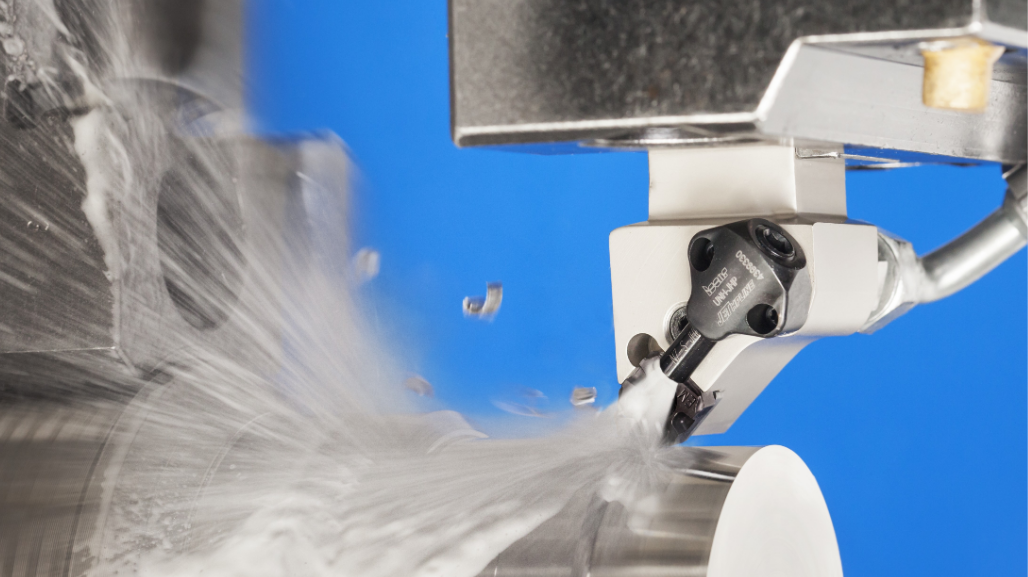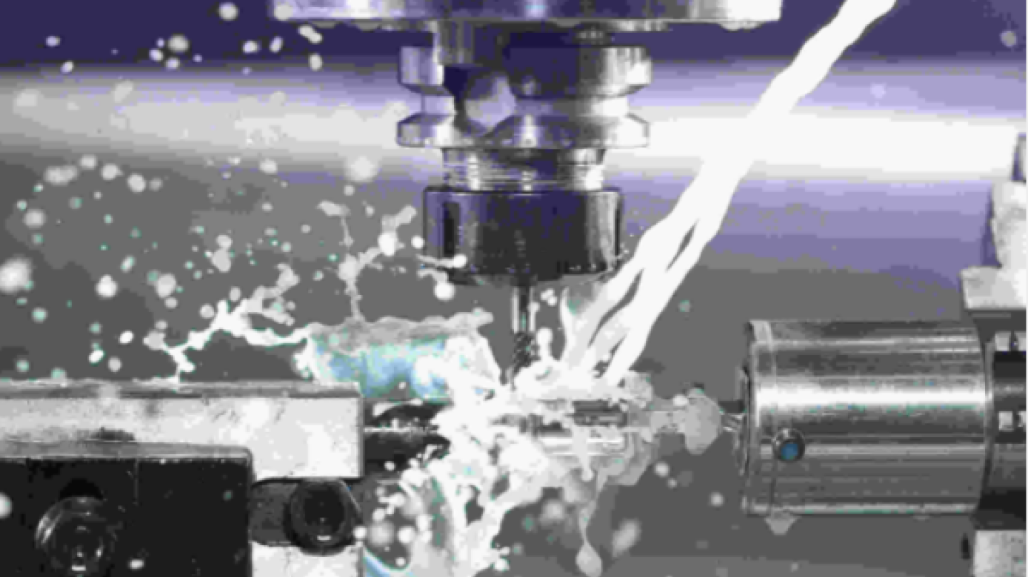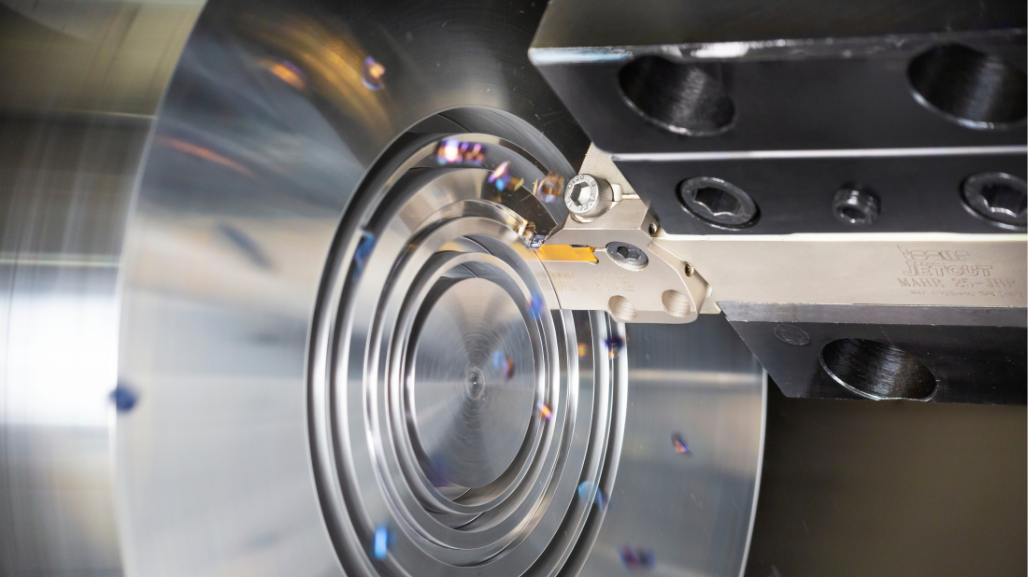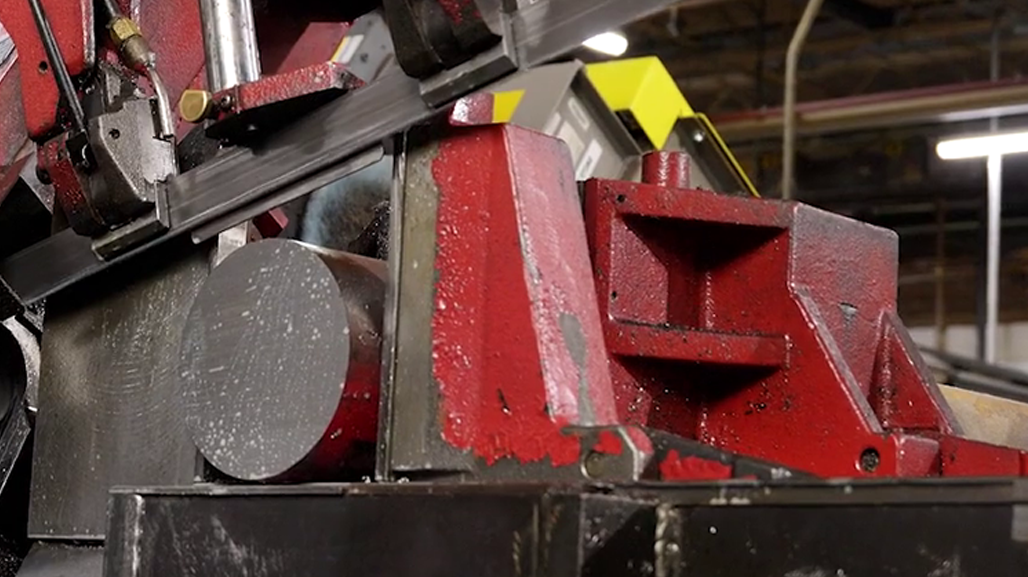
ISCAR Turning, Grooving and Parting Tools for High Pressure Coolant
ISCAR JETCUT tools offer the ultimate solution for utilizing high pressure coolant (HPC) in a multitude of turning operations.
Discover expert insights, industry trends, how-tos, and product tips to boost efficiency, cut costs, and improve operations - all in one place.












